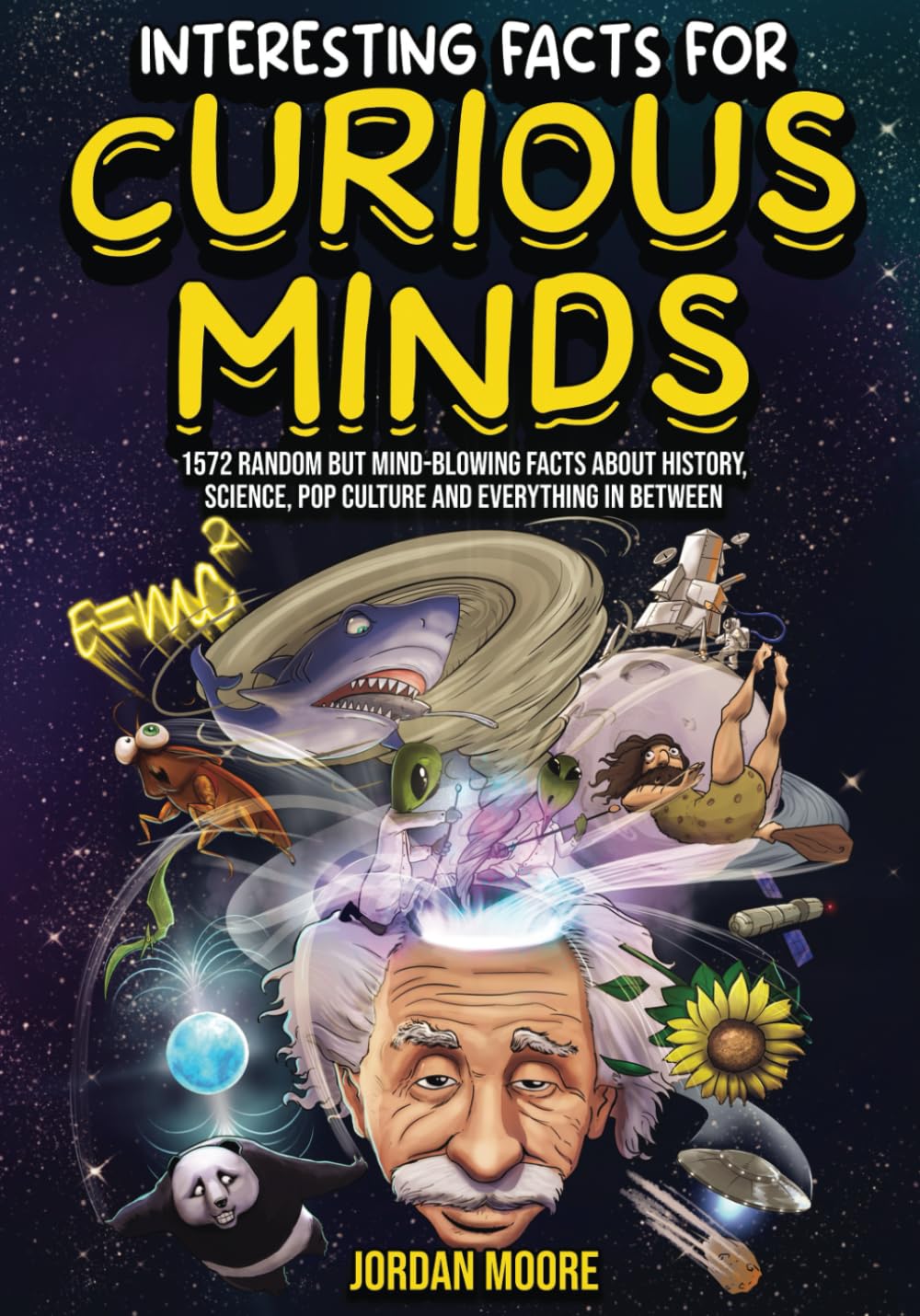
Interesting Facts For Curious Minds: 1572 Random But Mind-Blowing Facts About History, Science, Pop Culture And Everything In Between
Toys Are Universal
byToys are universal, bridging cultures and eras as they evolve to suit the needs and interests of children worldwide. Archaeologists have uncovered various ancient Egyptian figurines, though discerning whether they were ritualistic shabtis or toys is still a mystery. Many of these figurines found in domestic settings are thought to have been toys, suggesting that the tradition of play has been around for millennia. Over the years, toys have been designed not only for entertainment but also as educational tools, sparking curiosity and learning from early childhood. Whether through simple playthings or elaborate creations, toys have always served as a vehicle for imagination and development, creating a shared experience across generations.
In the 20th century, toys began to reflect more modern interests and cultural trends, particularly with the rise of mass production. One famous example is the Pet Rock, a novelty item introduced in 1975 that quickly became a fad. Despite its simplicity—a rock in a box—the Pet Rock turned into a marketing success, earning its creator Gary Dahl millions. Similarly, Sophie la Girafe, a beloved teething toy introduced in France in 1961, gained international popularity for its simple yet effective design. This cute, rubber giraffe, just seven inches tall, became a global symbol of comfort for infants, further demonstrating how toys transcend cultural boundaries.
The history of toys continues to surprise, as they are influenced by not just the needs of children but also the surrounding culture and available technology. The ancient Greeks are credited with creating the first mechanical puzzle in the 3rd century BCE. The puzzle was composed of 14 separate pieces that, when arranged correctly, formed different shapes within a square, providing both entertainment and intellectual challenge. Modern board games, like Sorry!, are modern adaptations of ancient games such as Pachisi from India, demonstrating how certain games remain timeless while adapting to cultural shifts. These examples show that while the materials and designs of toys change, their ability to entertain and engage remains constant.
While toys continue to evolve, many iconic toys have retained their popularity across decades. Stretch Armstrong, a rubber “doll” created in the 1970s, captivated boys with its ability to stretch and contort into different shapes. The toy was filled with blue corn syrup, which curious children would often extract, further increasing the toy’s allure. Likewise, the Rock ‘Em Sock ‘Em Robots game, released by Marx in 1964, has remained a favorite across generations. These iconic toys have stood the test of time due to their simple yet engaging nature, reinforcing the importance of hands-on play in child development. Furthermore, the emergence of the “action figure” in 1964 by Hasbro, under the G.I. Joe brand, shows how toys can evolve to reflect shifts in gender expectations and market demands, leading to new genres and formats.
Toys also often serve as a reflection of societal changes and technological advancements. The Rubik’s Cube, invented by Hungarian architect Ernő Rubik in 1974, emerged as both a puzzle and a toy, offering children an opportunity to develop problem-solving skills. Its accidental creation, which quickly gained worldwide popularity, illustrates how toys can innovate based on unexpected moments. Similarly, the Barbie doll, launched in 1959, has undergone significant transformations over the years, with Mattel introducing versions reflecting 180 careers, 40 nationalities, and diverse races. Barbie’s evolution reflects broader societal movements towards diversity and representation, ensuring that toys remain relevant to children’s ever-changing worldviews.
In the business world, companies like Toys “R” Us played a crucial role in bringing toys into homes across the globe. Starting as a single store in New Jersey in 1948, the company expanded to nearly every continent before its bankruptcy in 2017. Despite this setback, a restructured version of the brand plans to reopen stores, showing the resilience of the toy industry. The success of toys can also be seen in games like Candy Land, which, despite requiring no skills or strategy, has remained a beloved board game since 1949. Its simplicity has made it a go-to choice for young children, demonstrating that sometimes the simplest toys are the ones that endure the longest.
In conclusion, toys are universal in their ability to adapt and provide enjoyment across different cultures and time periods. From the ancient Egyptians to modern-day trends, toys have remained a key part of childhood. As new technologies and ideas emerge, toys will continue to evolve, ensuring that they remain an essential aspect of both play and learning for generations to come. Whether they are simple wooden dolls, complex puzzles, or action figures with elaborate backstories, toys will continue to shape the imagination of children, creating a lasting legacy of creativity, education, and fun.

